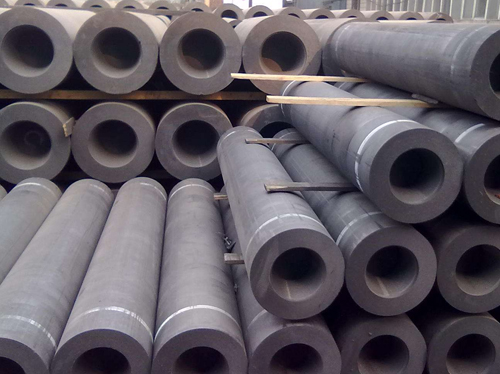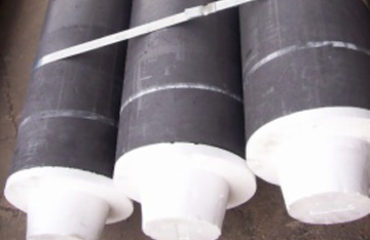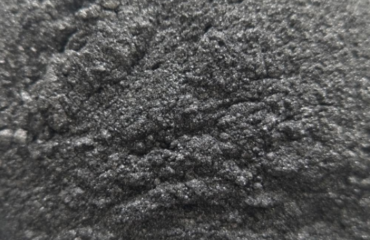
Graphite electrodes play a crucial role in the steelmaking and metal smelting industries by conducting electric current to melt and heat raw materials, resulting in the production of high-quality metals. They are a critical component in electric arc furnaces (EAFs) where they are used to produce steel, and in the production of non-ferrous metals such as aluminum.
One of the key benefits of using graphite electrodes in these processes is their impact on energy efficiency. Graphite electrodes are highly conductive and have a high melting point, allowing them to withstand the extreme temperatures and electrical currents required in steelmaking and metal smelting. This conductivity and temperature resistance lead to increased energy efficiency in the production process.
When compared to other electrode materials such as carbon or silicon carbide, graphite electrodes have lower electrical resistance, which results in less energy loss during the melting and heating process. This lower resistance means that more of the electrical energy input is effectively utilized in heating the raw materials, leading to higher energy efficiency and reduced production costs.
Graphite electrodes have a longer service life compared to other electrode materials, reducing the frequency of electrode changes and maintenance downtime. This longer service life results in increased productivity and reduced energy consumption associated with the production process.
In addition to their impact on energy efficiency, graphite electrodes also contribute to environmental sustainability. By improving energy efficiency and reducing energy consumption, the use of graphite electrodes in steelmaking and metal smelting processes can help lower greenhouse gas emissions and decrease the overall carbon footprint of these industries.


